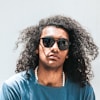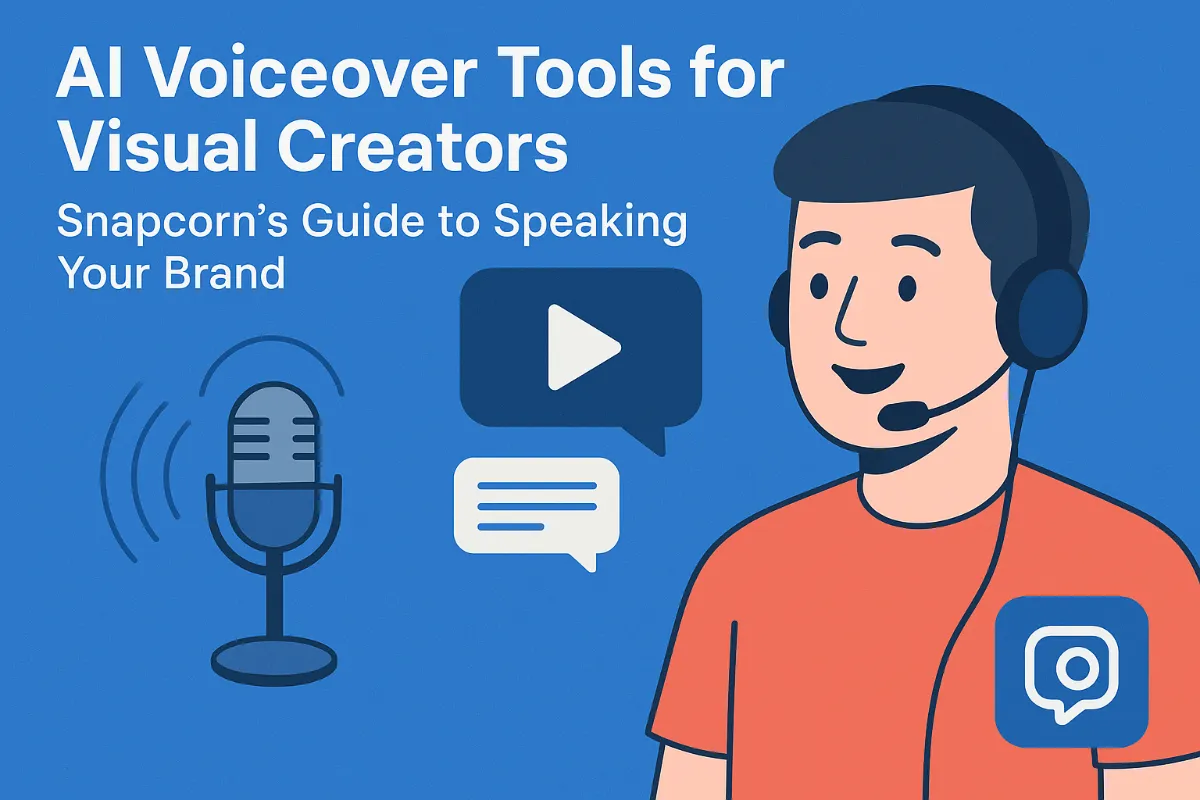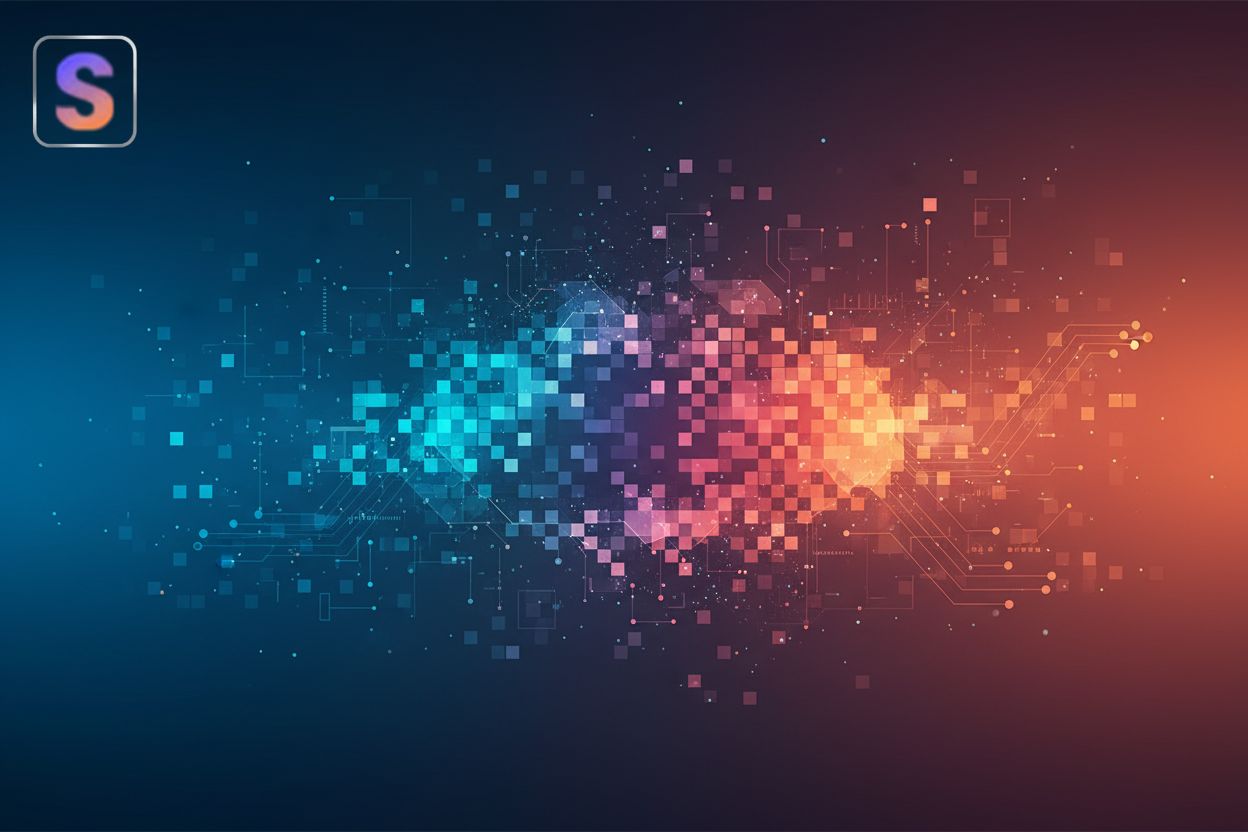DCGANs Unleashing High-Resolution Image Upscaling for Photographers
TL;DR
Understanding DCGANs The Basics for Image Enhancement
Okay, let's dive into DCGANs – it's kinda like teaching ai to be a photographer, but with code!
Well, Deep Convolutional Generative Adversarial Networks (dcgans) are a special type of Generative Adversarial Network (GAN), but they use convolutional neural networks (CNNs). Think of CNNs as the special sauce that helps them understand images better – like how a photographer understands lighting and composition. dcgans basically took the original gan idea and made it way more stable and better at creating realistic images. (Generative Adversarial Networks (GANs))
- The generator is like an artist tryna create images from random noise. It's job is to trick the other part.
- Then you got the discriminator, which is like a critic, and its job is to figure out if an image is real or fake.
- They're trained together. The generator tries to fool the discriminator, and the discriminator tries to not get fooled. It's like a game of cat and mouse!
While this adversarial process is fundamental to all GANs, Deep Convolutional GANs (DCGANs) introduced specific architectural improvements that made this training process more stable and effective for image generation. Radford et al. introduced dcgans in 2015, and their work really helped stabilize the training process for gans. Specifically, they found that using convolutional layers throughout the network, rather than relying on fully connected layers, significantly improved stability. This architectural choice allows the network to learn spatial hierarchies of features more effectively, which is crucial for image generation and helps prevent the common training issues seen in earlier GANs.
So, next up, we'll look at how these components work together to upscale images.
DCGAN Architecture Deep Dive for Photographers
Okay, so you're probably wondering what's really going on under the hood of these dcgans, right? Let's pop the hood and take a look at the engine.
- The generator uses transposed convolutional layers, also known as deconvolutions, to upscale the image. Think of it like reversing the convolution process, taking that random noise and stretching it into something resembling an image. It's kinda like blowing up a balloon, but instead of air, you're adding detail.
- Batch normalization and relu activations are key. Batch norm helps stabilize training, keeping things from going wild, while relu adds that non-linearity that allows the generator to create complex images.
- The whole point is mapping that noise vector – just a bunch of random numbers – into a high-resolution image that looks like it belongs in the real world.
- The discriminator is, in a way, the opposite. It uses convolutional layers to extract features from the image. It's job is to figure out what's what.
- Leakyrelu activations and dropout layers are important here. Leakyrelu helps prevent the "dying relu" problem, where neurons get stuck and stop learning. It does this by allowing a small, non-zero gradient for negative inputs, ensuring that neurons don't become completely inactive. Dropout helps prevent overfitting, so the discriminator doesn't just memorize the training data. It works by randomly deactivating a portion of neurons during training, forcing the network to learn more robust and generalized features.
- Ultimately, the discriminator is outputting a probability – how likely is it that this image is real?
The discriminator's final output is a single value representing the probability that the input image is real.
- Convolutional architecture replacing fully connected layers. Radford et al. found that using convolutional layers throughout helped stabilize training and produce better results, as previously discussed. This is because convolutional layers are inherently better at capturing spatial relationships and local patterns in images, leading to more stable gradient flow and improved feature learning compared to fully connected layers.
- Batch normalization is typically applied, but with some exceptions. For example, you might skip it on the generator's output layer to allow for a wider range of values. This is beneficial because the final output layer of the generator needs to produce pixel values that can span a broad spectrum, and restricting this range with batch normalization could limit the generator's ability to create diverse and realistic image outputs.
- Relu and leakyrelu are the go-to activations. Relu for the generator (except the output), leakyrelu for the discriminator.
- No pooling layers. Instead, strided convolutions are used for downsampling. This helps the network learn the downsampling process, rather than just blindly shrinking the image. By learning the downsampling through strided convolutions, the network can preserve more relevant information and create a more meaningful representation of the image at lower resolutions. This is crucial for generating high-quality upscaled images, as it ensures that important features are not lost during the downsampling phase.
So, that's the basic anatomy of a dcgan. Next, we'll dive into how to train these things and get them to actually generate realistic images.
Training DCGANs A Step-by-Step Guide
Training dcgans can feel like teaching a kid to draw, right? It takes patience, but the results can be amazing. Here's the lowdown on how it's done.
Data Preprocessing is Key: First, you gotta get your data ready. Normalizing images is super important, think of it like setting the white balance on your camera; it ensures everything's consistent. You'll also need to resize the images and scale the pixel values, so they match what the generator is expecting.
Loss Functions & Optimizers: Next up, we got loss functions. Binary cross-entropy loss is the standard choice – it helps the discriminator figure out if images is real or fake. Then you need to calculate the loss for both the discriminator and the generator, and use an optimizer like Adam. Adam's settings, especially the learning rate, are important for getting good results. A learning rate that's too high can cause instability and prevent convergence, while one that's too low can lead to very slow training. Typical learning rates for Adam in DCGAN training often fall in the range of 0.0001 to 0.0004, but experimentation is key.
The Training Loop: Now for the main event: the training loop. You'll alternate between training the discriminator and the generator, kinda like tag-teaming. Use GradientTape for automatic differentiation, this lets you easily calculate those gradients, and then apply them to update the network weights. Also, try label smoothing, instead of hard 1s and 0s for real and fake, use values like 0.9. It can really help stabilize things.
As a photographer, think of data preprocessing like setting up your shot. The right lighting, composition, and focus makes all the difference. The same goes for your data! Also, don't be afraid to experiment with different optimizers and loss functions.
So, now that we've covered the training loop, let's move on to some tricks for improving your results.
Practical Applications of DCGANs in Photography
Ever wonder how those old, blurry photos get turned into crisp, clear images? dcgans might just be the answer!
- Upscaling images for larger prints: Imagine taking a low-res photo from your phone and blowing it up for a gallery print. dcgans can fill in the missing details, making it look way better. It's not perfect, but it's pretty dang cool.
- Restoring old photos: dcgans can help repair damaged photos by filling in missing pixels and reducing noise. Think of it like giving your old family albums a new lease on life.
- Creative image manipulation: You can use dcgans to generate new textures, patterns, and visual styles, like creating unique backgrounds for portraits, or generating wild, abstract art.
Many photographers are experimenting with ai to enhance their workflow. For example, you can use dcgans to generate textures that you can use on your photos.
So, that's how dcgans are being used in photography today. Next up, we'll look into some of the limitations of this tech.
Tools and Platforms Leveraging DCGANs
Snapcorn, huh? Betcha didn't know ai could make your photos pop like that!
Well, Snapcorn is this platform that's using ai – and probably dcgans under the hood – to do some pretty neat stuff with images. It's all about quick fixes and making your photos look top-notch, without needing a degree in photo editing.
- They got a background remover, which is super handy for product shots or portraits. No more messy backgrounds, just clean images. While not explicitly stated, background removal often involves sophisticated image segmentation, and GANs, including DCGANs, can be used to generate realistic masks or refine segmentation results.
- Their image upscaler is pretty cool; it take those old low-res photos and make them bigger and sharper. This is a direct application of DCGANs, where the generator learns to hallucinate plausible details and increase the resolution of an input image.
- Then there's the image colorizer – turn your old black and white memories into vibrant color photos. GANs can be trained to predict color channels based on grayscale inputs, effectively colorizing images.
- And the image restoration? It kinda like giving your old photos a spa day. This can involve filling in missing pixels, removing noise, or even reconstructing damaged areas, all tasks where DCGANs excel.
Plus, get this: it's free and doesn't need any signup.
So, if you're looking for a quick and easy way to enhance your photos, Snapcorn might be just what you need.
Overcoming Challenges and Future Trends
Okay, so dcgans ain't perfect, right? it have it's quirks, but it's still a really useful tool.
Mode collapse can be a pain, where the generator just cranks out the same image over and over. Techniques like minibatch discrimination can help the ai to diversify, but it's still tricky.
Training instability is another biggie. It's like trying to balance a see-saw, and sometimes you just can't get it right. 20.2. Deep Convolutional Generative Adversarial Networks — Dive into Deep Learning 1.0.3 documentation offers insights into stabilizing training through careful parameter tuning. This documentation suggests that careful tuning of hyperparameters like learning rates, batch sizes, and the choice of optimizer, along with architectural considerations like batch normalization and activation functions, are crucial for achieving stable DCGAN training.
Improving image resolution is always a goal. Basic DCGANs often struggle to generate very high-resolution images due to limitations in capturing fine details and the computational cost.
Progressive Growing GANs (PGGANs) and StyleGANs are like the next-gen versions, letting you create way higher-res images and control the style better. These models build up the image resolution progressively during training, allowing for much higher resolutions and finer control over image features.
Diffusion models are also shaking things up, they're starting to outdo gans in some areas, it's another tool that photographers are trying out. Diffusion models work by gradually adding noise to an image and then learning to reverse this process, often producing exceptionally high-quality and diverse outputs.
So, while dcgans have their issues, they're still a solid foundation. The future of ai and photography is looking bright, with all these new tools coming out!







